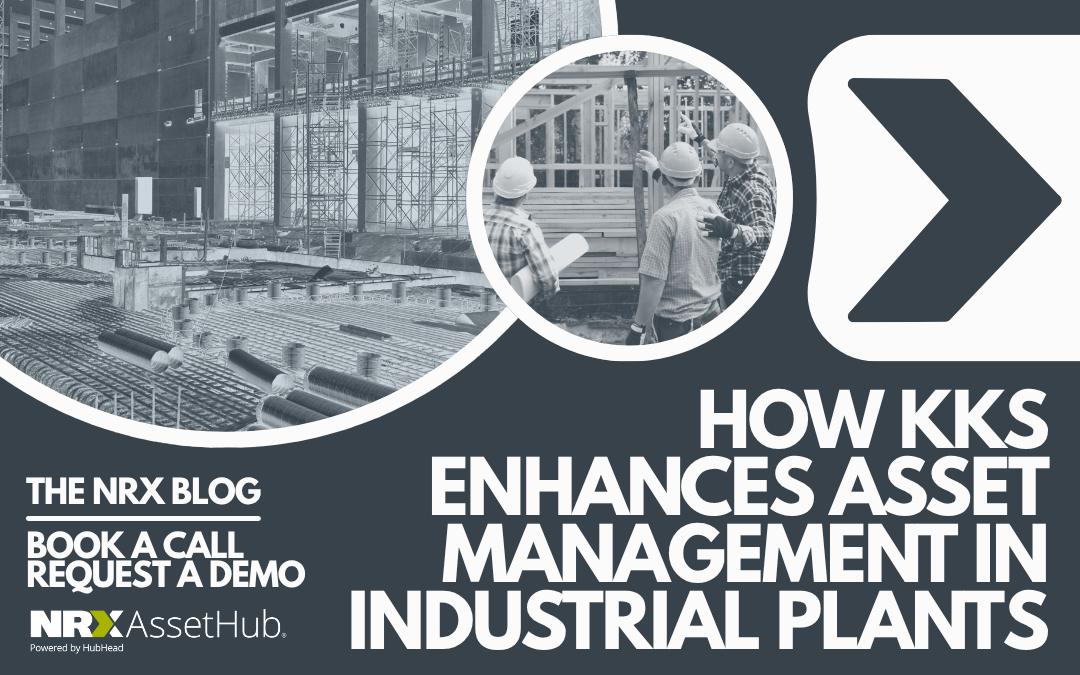Equipment failures account for 42% of unplanned downtime in industrial manufacturing. This single data point underscores the importance of structured asset identification and maintenance planning. At the heart of these improvements lies the Kraftwerk-Kennzeichensystem (KKS), a standardized identification system developed specifically for complex industrial plants.

What is KKS?
KKS stands for Kraftwerk-Kennzeichensystem, or Power Plant Classification System. Developed in Germany during the 1970s, it offers a structured method for naming and identifying components within a plant. The system was designed to ensure consistency across documentation, maintenance planning, and operational workflows. It assigns unique codes to functionally significant equipment and locations, which helps standardize data across CMMS platforms such as SAP Plant Maintenance.
Each piece of equipment receives a functional location code. These FLOCs are central in EAM because they offer a fixed reference point for maintenance tasks, lifecycle tracking, and even integration with digital twin platforms.
Enhancing Asset Visibility and Maintenance
Industrial plants often house thousands of assets. Without standardized identification, maintenance teams face delays in locating and diagnosing equipment. In return, KKS reduces this inefficiency. With uniform FLOCs embedded into a CMMS, maintenance engineers can quickly associate a malfunctioning valve or turbine with its functional and physical context.
In nuclear power plants, for example, KKS codes facilitate quick diagnostics. If a pressure drop occurs, the system allows technicians to trace the entire component lineage back to its documentation and performance history within seconds.
By reducing ambiguity in equipment identification, KKS lowers the risk of human error and accelerates preventive maintenance execution. In fact, companies that adopted structured tagging such as KKS report faster response times to asset issues.

KKS in Digitalization and Migration Projects
In today’s era of digitalization, many companies are migrating legacy asset data to integrated systems. A common challenge is aligning historic records with modern asset hierarchies. During such migrations, a clean and standardized KKS structure becomes indispensable. Moreover, using KKS simplifies integration with predictive maintenance tools, which rely on accurate asset metadata. Platforms such as IBM Maximo can leverage these structures to trigger condition-based PMs, thus maximizing uptime.
The Future Role of KKS in Asset Management
While modern systems such as RDS-PP and RDS-PS offer expanded standardizations, KKS continues to play a foundational role in legacy plants. Many EAM platforms support hybrid structures that incorporate both old and new standards.
The standard is not static. Organizations such as VGB PowerTech maintain and update the KKS system to keep it compatible with modern engineering practices. As more facilities adopt AI-driven diagnostics, KKS remains a critical enabler of structured asset hierarchies.
Conclusion
Structured identification is more than just naming. It’s the bedrock of reliable asset management. In the face of evolving digital technologies, the role of KKS in standardizing maintenance data and enabling seamless CMMS integration is more critical than ever. From SAP Plant Maintenance to digital twin modeling, the humble KKS code unlocks visibility, and continuity across complex industrial environments.
Integrating AI P&ID Extraction with Asset Management Systems
ISO 14224 vs Other Maintenance Standards: What Sets It Apart?
Building Trust in Your Asset Data: Strategies for Governance
Share this article




